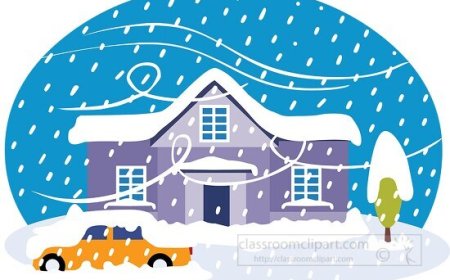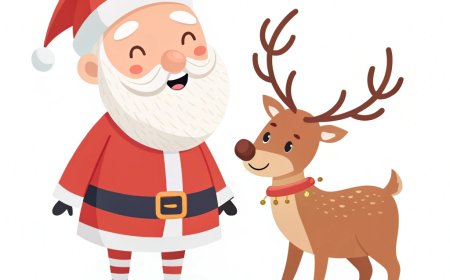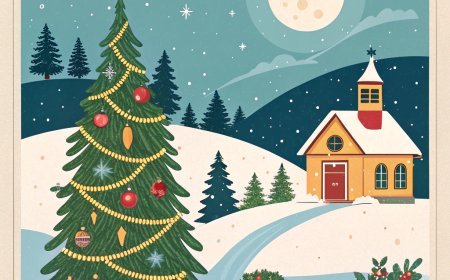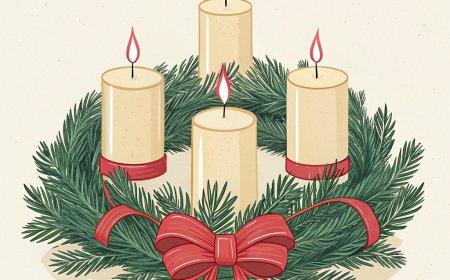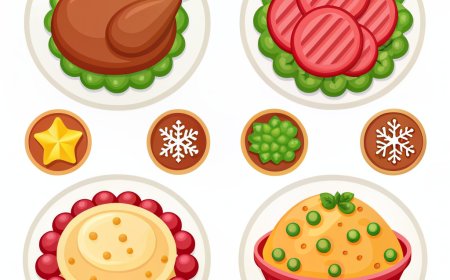Christmas History Traditions and Fun Facts for Students
Learn the history traditions and fun facts of Christmas in this student guide exploring its origins decorations songs and worldwide celebrations
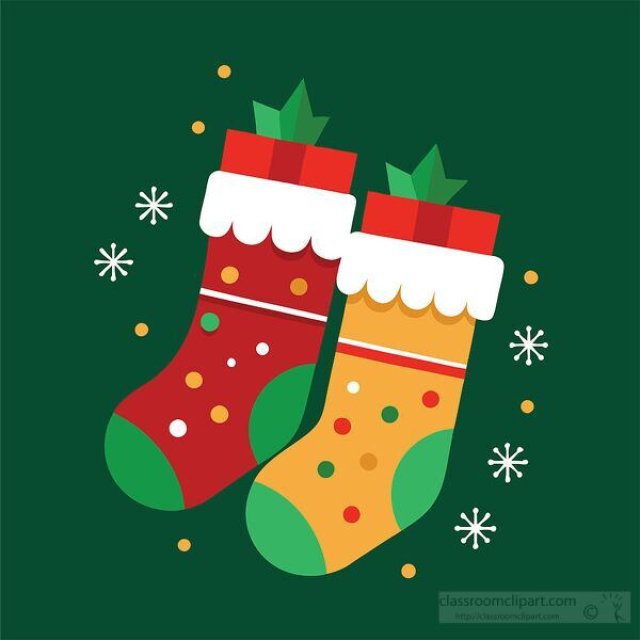
❄️ Introduction
Every December, towns and cities around the world sparkle with twinkling lights, decorated trees, and the sound of joyful music. Families gather to exchange gifts, share meals, and celebrate a holiday that means many things to many people. For some, Christmas is a religious celebration marking the birth of Jesus Christ. For others, it's a cultural tradition filled with stories of Santa Claus, festive songs, and winter magic.
The history of Christmas stretches back more than 2,000 years and blends Christian beliefs with older winter festivals. Over time, customs have evolved into the colorful and joyful holiday we know today. Whether you celebrate for faith, fun, or family togetherness, Christmas remains a season of giving, kindness, and light in the darkest part of the year.
📜 History and Origins
Christmas is celebrated on December 25 by Christians around the world as the day Jesus Christ was born in Bethlehem over 2,000 years ago. The exact date of his birth is unknown, but early church leaders chose December 25 to align with existing winter festivals like the Roman Saturnalia and Sol Invictus, which honored the sun's return after the shortest day of the year.
Over the centuries, Christmas grew in popularity, with each culture adding its own customs. In the Middle Ages, it was marked by feasts, music, and plays. In the 19th century, many traditions we know today - like Christmas trees and gift-giving - became widespread.
🎁 Traditions and Customs
🎄 Christmas Trees
Decorating evergreen trees began in Germany in the 1500s and spread to other countries. The tree is often adorned with lights, ornaments, and a star or angel on top.
🎅 Santa Claus
The modern image of Santa comes from Saint Nicholas, a kind bishop from the 4th century known for helping the poor. Stories about him mixed with European legends to create the jolly gift-giver we know today.
🎶 Music and Carols
Singing Christmas carols has been a tradition for hundreds of years. Many songs share stories of the nativity, winter joy, or community cheer.
🎁 Gift-Giving
Inspired by the gifts of the Magi to baby Jesus, giving presents has become a central part of Christmas celebrations.
🌟 Symbols and Meanings
-
🎄 Evergreen Trees - Eternal life and hope during winter.
-
⭐ Star - Represents the Star of Bethlehem in the nativity story.
-
🎅 Santa Claus - Spirit of generosity and giving.
-
🔔 Bells - Joy and celebration.
🌍 How It's Celebrated Today
Christmas is celebrated in nearly every country, though customs vary widely. In the United States, families decorate homes, exchange gifts on Christmas morning, and enjoy a festive meal. In the Philippines, Christmas season begins in September and lasts until January. In Sweden, the tradition of Saint Lucia's Day brings light and music to the winter darkness. Some countries focus on religious services, while others emphasize family and community gatherings.
💡 Fun Facts
-
🎅 The modern image of Santa in a red suit became popular in the 1930s through Coca-Cola advertisements.
-
🎄 The tallest Christmas tree ever displayed was a 221-foot Douglas fir in Seattle, Washington.
-
📜 The song "Jingle Bells" was originally written for Thanksgiving, not Christmas.
-
🌏 Christmas is a public holiday in over 160 countries.
📚 Vocabulary List
-
Nativity - The birth of Jesus Christ.
-
Saturnalia - Ancient Roman winter festival.
-
Sol Invictus - Roman festival honoring the sun.
-
Evergreen - A tree that stays green year-round.
-
Magi - Wise men who brought gifts to baby Jesus.
-
Carol - A festive song, especially for Christmas.
-
Tradition - A custom passed down through generations.
-
Generosity - Willingness to give and share.
📝 Key Takeaways
-
Christmas combines Christian beliefs with older winter traditions.
-
It is celebrated on December 25 by millions worldwide.
-
Symbols like trees, stars, and Santa Claus each have special meanings.
-
Traditions include decorating, music, gift-giving, and festive meals.
🧠 Interactive Quiz
1. What is the religious reason for celebrating Christmas?
A) The birth of Jesus Christ
B) The winter solstice
C) The start of a new year
D) The arrival of Santa Claus
2. Which country started the tradition of Christmas trees?
A) England
B) Germany
C) United States
D) France
3. Who inspired the legend of Santa Claus?
A) A king
B) Saint Peter
C) Saint Nicholas
D) Saint George
4. What was the original holiday for the song “Jingle Bells”?
A) Christmas
B) Easter
C) Thanksgiving
D) New Year’s Day
5. What does the star on top of a Christmas tree represent?
A) The brightest star in winter
B) The Star of Bethlehem
C) A magical wish
D) A guiding light for Santa
- Customs vary around the world, but the spirit of giving is universal.


















































